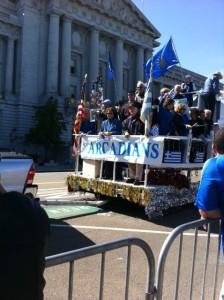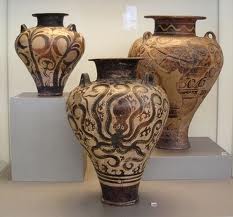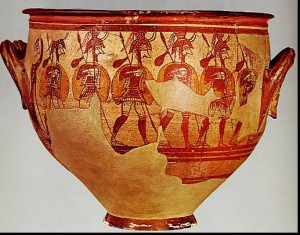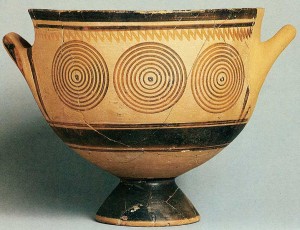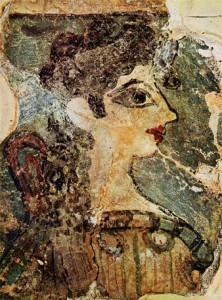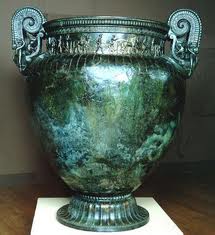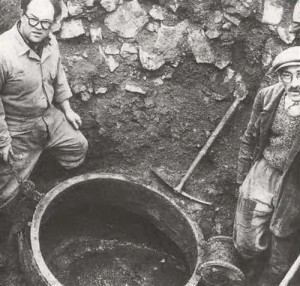Click here for direct link to audio podcast Episode #42. 
Click here for previous podcasts.
 Thank the gods Themistocles had the nerve to convince the Athenians to use the profits from the silver mines of Laurium to build a fleet of warships! And thank the gods Leonidas & his 300 took a stand at that narrow mountain pass. Check out today’s podcast to find out what all the fuss was about.
Thank the gods Themistocles had the nerve to convince the Athenians to use the profits from the silver mines of Laurium to build a fleet of warships! And thank the gods Leonidas & his 300 took a stand at that narrow mountain pass. Check out today’s podcast to find out what all the fuss was about. 
www.thegreekwarriors.com…Last month I came across an exciting website that I just have to share with you. Let these guys be a lesson to all of us who strive to live lives full of passion and fun. George & Dave are brothers who share a love of ancient history and turned their passion into a reality when they started The Greek Warriors reenactment society. I asked permission to include their photos on my website & got a few emails back in response. Check out their amazing work. I told George I didn’t understand why people would NOT want to dress up in Greek armor, and he agreed, adding this about his work:
“What you see on my website has taken years to accomplish. I make a lot of what you see. We buy the helmets, greaves, metal chest armor, and spear heads and butt caps. But I make most of the shields, do a lot of the leather work, and make just about all of the helmet crests. They are made of real horse hair, and the whole process is quite tedious. But it’s all worth it. I have taken my love of the ancient Greek warrior, and brought him to life again. Glad you like it. 
Thanks again Gwen, and please carry on.
Sincerely,
George – Commander of The Greek Warriors
www.TheGreekWarriors.com
And if you’d like to set yourself up with your own horsehair-crested helmet, here’s a direct link to The Greek Warriors arms & armor page! And be sure to tell them George & Dave sent you! Enjoy!









